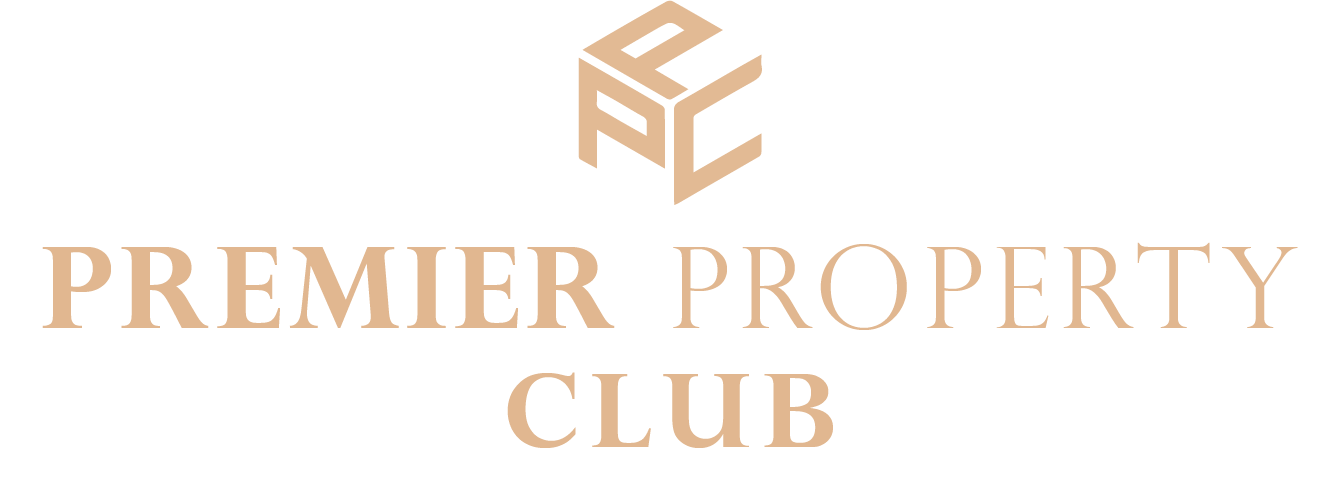Clothoff: AI Photo Undress Free
In the rapidly evolving world of technology, artificial intelligence (AI) has made remarkable strides in various fields, including photography and image manipulation. One intriguing application of AI is in the realm of photo undressing, often referred to as “AI photo undress free.” This technology raises both ethical questions and practical applications for individuals seeking to explore the boundaries of digital imagery. In this article, we will delve into the intricacies of this technology, its implications, and how it is reshaping the landscape of digital photography.
Understanding AI Photo Undress Technology
AI photo undress technology utilizes advanced algorithms and machine learning techniques to manipulate images in a way that can create the illusion of undressing subjects in a photograph. This process involves complex image processing techniques that analyze and recreate visual elements to produce a new image. The technology can generate realistic results, leading to discussions about its ethical use and potential consequences.
The Mechanism Behind AI Photo Undress
At the core of AI photo undress technology is a combination of neural networks and deep learning. These systems are trained on vast datasets of images, enabling them to understand human anatomy, clothing textures, and other visual cues. Here’s a simplified overview of how the technology works:
- Data Collection: The AI is trained on a diverse range of images, including those of clothed and unclothed individuals, to learn the differences in appearance.
- Feature Recognition: The AI identifies key features of clothing and skin tones, allowing it to distinguish between them effectively.
- Image Generation: Once the AI understands the features, it can generate new images that simulate the appearance of undressing by replacing clothing with skin textures.
Applications of AI Photo Undress Technology
The potential applications of AI photo undress technology are varied and can be categorized into several key areas:
1. Fashion and Retail
In the fashion industry, AI photo undress technology can be used to create virtual fitting rooms, allowing customers to see how clothes would look on them without physically trying them on. This application can enhance the online shopping experience, reducing return rates and providing a more personalized shopping journey.
2. Entertainment and Media
In the entertainment sector, filmmakers and game developers can leverage AI photo undress technology for special effects and character design. By creating realistic representations of characters without the need for physical costumes, creators can explore new storytelling possibilities.
3. Art and Creativity
Artists can use AI photo undress technology as a tool for creative expression. By manipulating images in unconventional ways, artists can challenge societal norms and provoke thought about the nature of clothing and identity.
Ethical Considerations
While AI photo undress technology opens up exciting possibilities, it also raises significant ethical concerns that must be addressed:
1. Consent and Privacy
One of the primary ethical issues surrounding AI photo undress technology is the question of consent. Using someone’s image without their permission to create undressed versions can lead to serious privacy violations and exploitation.
2. Misuse and Abuse
The potential for misuse of this technology is substantial. Individuals could manipulate images for malicious purposes, such as creating non-consensual explicit content, which can have devastating effects on victims.
3. Impact on Body Image
The proliferation of manipulated images can exacerbate issues related to body image and self-esteem. Society’s obsession with unrealistic beauty standards may worsen as AI-generated images become more prevalent.
Best Practices for Responsible Use
To navigate the ethical landscape surrounding AI photo undress technology, it is crucial to adopt best practices that promote responsible use:
- Obtain Consent: Always seek permission Сlothoff from individuals before using their images for any form of manipulation.
- Transparency: Clearly communicate the purpose of using AI technologies and the potential implications of the generated images.
- Limit Accessibility: Restrict access to AI photo undress technology to trusted platforms and users to prevent misuse.
The Future of AI in Image Manipulation
The future of AI in image manipulation, including the realm of photo undressing, is likely to be shaped by ongoing advancements in technology and the evolving societal norms surrounding digital content. As the capabilities of AI continue to grow, so too will the discussions about its ethical implications.
1. Improved Realism and Accessibility
As AI algorithms become more sophisticated, the realism of generated images will improve. This advancement will make AI photo undress technology more accessible to a wider audience, leading to both positive and negative consequences.
2. Regulatory Frameworks
With the rise of AI technologies, there will be a growing need for regulatory frameworks that address the ethical use of image manipulation. Policymakers will need to consider guidelines that protect individuals’ rights while allowing for innovation.
3. Public Awareness and Education
Increasing public awareness about the implications of AI photo undress technology is essential. Educational initiatives can help individuals understand the potential risks and benefits associated with AI manipulation, fostering a more informed society.
Conclusion
AI photo undress technology, represented by platforms like Clothoff, is an exciting yet complex development in the field of photography and image manipulation. While it offers innovative applications in fashion, entertainment, and art, it also poses significant ethical challenges that must be addressed. By adopting responsible practices and fostering open discussions about the implications of this technology, we can navigate the evolving landscape of AI in a way that respects individual rights and promotes creativity. As we move forward, it is crucial to strike a balance between innovation and ethics, ensuring that AI serves as a tool for positive change rather than a source of harm.
